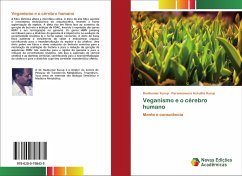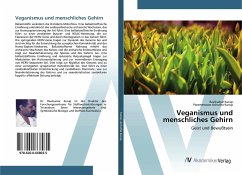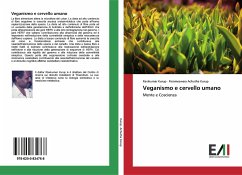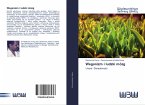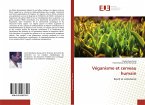Dietary fibre alters the colonic microflora. High fibre diet suppresses endosymbiotic archaeal growth leading onto homo sapienisation of the species. High fibre diet leads to increased generation of butyrate and HDAC inhibition leading onto expression of the HERV genes & their reintegration into the genome. The HERV jumping genes contributes to the dynamicity of the genome & is important in the evolution of synaptic connectivity & the homo sapien neocortex. Low fibre diet increases colonic archaeal growth & archaeal endosymbiosis contributing to neanderthalisation of the species & the brain. A low fibre diet and reduced levels of butyrate contributes to modulation of histone acetylation and reduced generation of HERV sequences. This contributes to rigidity of the genome and reduced synaptic connectivity. This leads to cerebral cortical suppression and cerebellar dominance contributing to neanderthalisation of the brain and the neanderthalic cerebellar cognitive affective disorder. Homo sapien brain is a cerebral cortical dominant brain & is logical as well as rational. Thus fibre intake in the diet alters symbiotic microflora especially archaeal endosymbiosis & brain function.
Bitte wählen Sie Ihr Anliegen aus.
Rechnungen
Retourenschein anfordern
Bestellstatus
Storno


